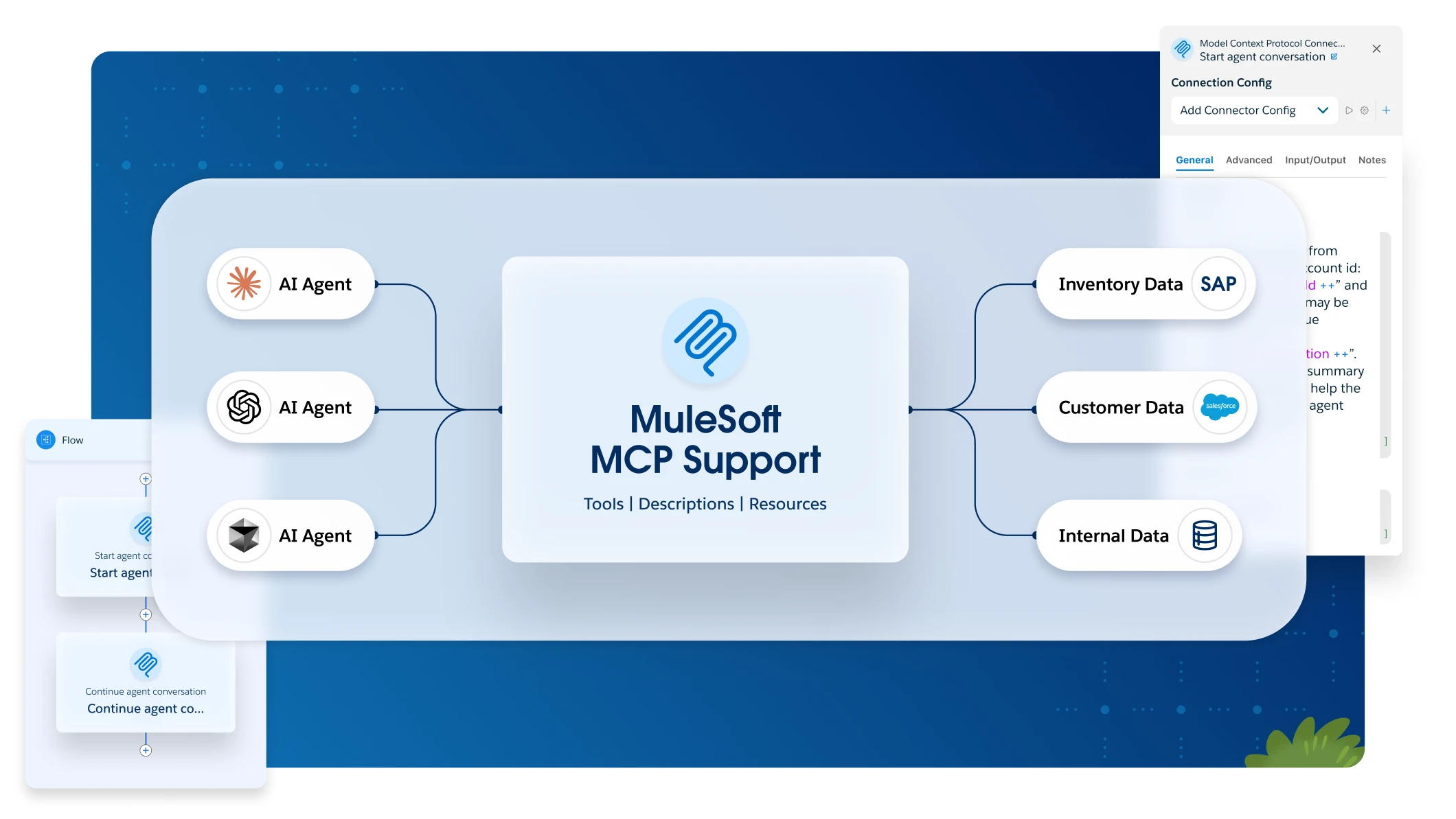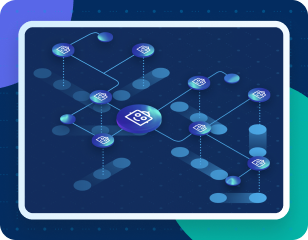Username used to initialize the session.
Using Anypoint Studio to Configure A2A Connector 0.4.0-BETA
Anypoint Studio (Studio) editors help you design and update your Mule applications, properties, and configuration files.
To add and configure a connector in Studio:
When you run the connector, you can view the app log to check for problems in real time, as described in View the App Log.
If you are new to configuring connectors in Studio, see Using Anypoint Studio to Configure a Connector. If, after reading this topic, you need additional information about the connector fields, see the A2A Connector Reference.
Create a Mule Project
In Studio, create a new Mule project in which to add and configure Anypoint Connector for A2A (A2A Connector):
-
In Studio, select File > New > Mule Project.
-
Enter a name for your Mule project and click Finish.
Add the Connector to Your Mule Project
Add A2A Connector to your Mule project to automatically populate the XML code with the connector’s namespace and schema location and add the required dependencies to the project’s pom.xml file:
-
In Mule Palette, click (X) Search in Exchange.
-
In Add Dependencies to Project, type
a2ain the search field. -
Click A2A Connector in Available modules.
-
Click Add.
-
Click Finish.
Adding a connector to a Mule project in Studio does not make that connector available to other projects in your Studio workspace.
Configure a Source
A source initiates a flow when a specified condition is met. You can configure one of these sources to use with A2A Connector:
-
Task Listener
This source is an extension of HTTP Listener. It listens for incoming tasks directed towards its agent, such as messages or API calls.
-
HTTP > Listener
Initiates a flow each time it receives a request on the configured host and port
-
Scheduler
Initiates a flow when a time-based condition is met
For example, to configure an HTTP > Listener source, follow these steps:
-
In Mule Palette, select HTTP > Listener.
-
Drag Listener to the Studio canvas.
-
On the Listener configuration screen, optionally change the value of the Display Name field.
-
Specify a value for the Path field.
-
Click the plus sign (+) next to the Connector configuration field to configure a global element that can be used by all instances of the HTTP > Listener source in the app.
-
On the General tab, specify the connection information for the connector.
-
On the TLS tab, optionally specify the TLS information for the connector.
-
On the Advanced tab, optionally specify reconnection information, including a reconnection strategy.
-
Click Test Connection to confirm that Mule can connect with the specified server.
-
Click OK.
Add a Connector Operation to the Flow
When you add a connector operation to your flow, you are specifying an action for that connector to perform.
To add an operation for A2A Connector, follow these steps:
-
In Mule Palette, select A2A and then select the desired operation.
-
Drag the operation onto the Studio canvas, next to the source.
Configure a Global Element for the Connector
When you configure a connector, configure a global element that all instances of that connector in the app can use. Configuring a global element requires you to provide the authentication credentials that the connector requires to access the target A2A system.
You can reference a configuration file that contains ANT-style property placeholders (recommended), or you can enter your authorization credentials in the global configuration properties. For information about the benefits of using property placeholders and how to configure them, see Anypoint Connector Configuration.
To configure the global element for A2A Connector, follow these steps:
-
Select the operation in the Studio canvas.
-
On the properties screen for the operation, click the Add (+) icon to access the global element configuration fields.
-
In the General tab, in Connection, select the authentication method to configure:
-
On the TLS tab, optionally specify the TLS information for the connector.
-
On the Advanced tab, optionally specify reconnection information, including a reconnection strategy.
-
Click Test Connection to confirm that Mule can connect with the specified server.
-
Click OK.
Expression or Bean Reference
Uses a DataWeave expression or bean reference to define authentication.
Enter the authentication information in the Global Element Properties screen:
-
Select General > Authentication > Expression or Bean reference and enter the DataWeave expression.
-
Click OK.
Basic Authentication
Basic authentication is a simple (less secure) authentication scheme where the client sends the username and password in plain text (encoded in Base64) in the HTTP Authorization header.
Enter the Basic authentication information in the Global Element Properties screen:
-
Select General > Authentication > Basic authentication and enter or set the values for these fields:
Field User Action Username
Password
Password used to authenticate the user.
Preemptive
If set to true, the client sends its authentication credentials (username and password) with the initial HTTP request to the server, rather than waiting for the server to challenge (401 Unauthorized) the client.
-
Click OK.
Digest
Digest is an HTTP authentication scheme that uses a challenge-response mechanism to avoid sending passwords in plain text.
Enter the Digest authentication information in the Global Element Properties screen:
-
Select General > Authentication > Digest authentication and enter or set the values for these fields:
Field User Action Username
Username used to initialize the session.
Password
Password used to authenticate the user.
Preemptive
If set to true, the client sends its authentication credentials (username and password) with the initial HTTP request to the server, rather than waiting for the server to challenge (401 Unauthorized) the client.
-
Click OK.
NTLM
NTLM authentication is a Microsoft authentication protocol used primarily in Windows environments. It uses a challenge-response mechanism and is commonly used for network authentication.
Enter the NTLM authentication information in the Global Element Properties screen:
-
Select General > Authentication > Ntlm authentication and enter or set the values for these fields:
Field User Action Domain
Name of the proxy domain.
Workstation
Name of the proxy workstation.
Username
Username used to initialize the session.
Password
Password used to authenticate the user.
Preemptive
If set to true, the client sends its authentication credentials (username and password) with the initial HTTP request to the server, rather than waiting for the server to challenge (401 Unauthorized) the client.
-
Click OK.
Configure Additional Connector Fields
After you configure a global element for A2A Connector, configure the other required fields for the connector. The required fields vary depending on which connector operation you use.
View the Application Log
To check for problems, you can view the app log as follows:
-
If you’re running the app from Anypoint Platform, the app log output is visible on the Anypoint Studio console window.
-
If you’re running the app using Mule from the command line, the app log output is visible in your operating system console.
Unless the log file path is customized in the app’s log file (log4j2.xml), you can also view the app log in the default location MULE_HOME/logs/<app-name>.log. You can configure the location of the log path in the app log file log4j2.xml.



